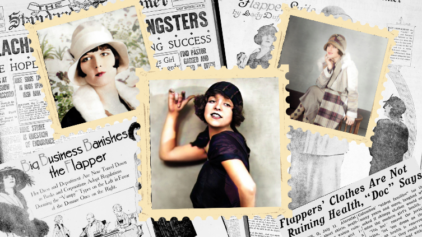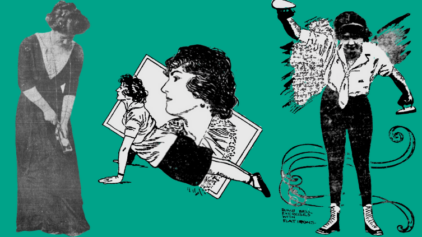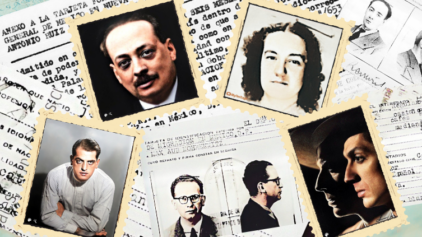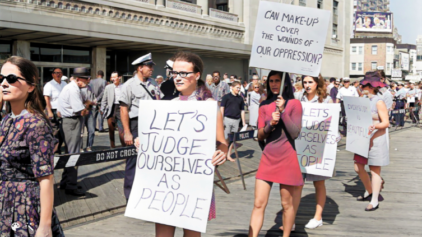

Would you ask your hairdresser or barber to pull a painful tooth? We wouldn’t, but that’s exactly what they did do in medieval times. Your friendly neighborhood barber-surgeon provided medical treatment to most of the population back then. It was the urgent-care facility of the Middle Ages.
It is probably a good thing that barber-surgeon is today an extinct profession! What extinct jobs did your ancestors have?
Barber-surgeons existed back in the 13th-century or even earlier when almost every population center had its own practitioner and bathhouse. Most were trained through apprenticeships, as long as seven years.
That person provided — in addition to haircuts, shaves, and cosmetic procedures — wound care, setting of broken bones, herbal remedies, dressings, bleeding and cupping. In 16th-century Germany, barber-surgeons began to specialize in tooth-pulling or cataracts. Operations were public entertainment, often at town and country fairs.
In addition to these procedures, these shops were centers of communication and information, and were probably the source of today’s ideas about clients talking to their hairdressers about everything! There is evidence of a barber-surgeon in Bologna asking for a license to hold public readings of the news from Rome and Venice.
In the 14th and 15th-centuries, medicine and surgery were in their infancy. Printing had just been invented (1452), and Columbus’ voyages to the New World were rather recent (1492). Even though the Salerno (Italy) medical school had been founded in the 11th century, it was barely functioning. At the time, medicine and surgery were practiced by the same persons, and the two specialties were not separated until much later.
Originally surgery was practiced solely by priests until about 1215 when Pope Honorius III gave the practice of medicine to laymen and forced sick people to visit priests in their cloisters. Thus priests became diagnosticians, and the barbers became the surgeons (or technicians).
Until 1638, in many areas, no special qualifications were required. In other places, barber-surgeons had their own guild and, after passing an exam, they became master craftsmen.
In Italy, the profession was not as common because competent physicians were trained at universities in Salerno, Bologna, and Padua.
Some readers might remember that in “Man of La Mancha” (the musical), Don Quixote and his assistant Sancho Panza meet a barber-surgeon, who claims his ability to provide a good shave and also to bandage any mistakes his razor might cause.
 One of the most famous barber-surgeons was Ambroise Paré, whose 20 years in that profession made him one of the most famous surgeons in Europe and he was a physician to Kings Henry II, Francis II, Charles IX and Henry III.
One of the most famous barber-surgeons was Ambroise Paré, whose 20 years in that profession made him one of the most famous surgeons in Europe and he was a physician to Kings Henry II, Francis II, Charles IX and Henry III.
A sketch of Paré’s life and accomplishments is here.
Born in Laval, France in 1509, he learned Latin from a priest and apprenticed under a barber-surgeon in his town. Later, he went to Paris to study surgery, worked for a College of France professor, and was a resident at the Hotel-Dieu, the largest hospital in the world at that time. In 1536, at 27, he was appointed surgeon to a colonel-general to serve in Italy. He returned to Paris and had a long innovative career. He published numerous books, was active in promoting the fledgling prosthetics industry and is considered the father of French surgery, modern forensic pathology, surgical techniques and battlefield medicine. He also invented surgical instruments. He died at 81 on December 20, 1590.
What remains of these early barber-surgeons is the distinctive and traditional red-and-white pole outside barber shops. Some scholars say the pole as a symbol that goes back to ancient Greece and that travelers would know that the shop was a place where help could be found. Many sources claim the red stripe is for the blood of various procedures, while the white stands for bandages. In America, blue stripes are often added. Click here for more on the history of the barber pole.










